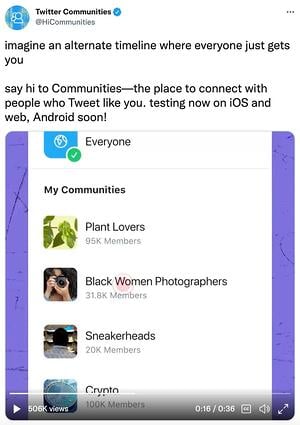In today’s highly digital and connected society, it’s funny to think people can still feel disconnected from others. With so many people who communicate online, behind screens, this connected world can actually feel rather lonely at times.
This goes for personal relationships as well as business relationships — specifically between brands and their customers as well as brands and their employees.
So, what is it that has people feeling a disconnect from others and the companies they do business with?
A lack of community.![→ Click here to download our free guide to digital marketing fundamentals [Download Now].](https://i4lead.com/wp-content/uploads/2021/11/0a42501f-0096-4817-9fbc-923540fe37a6.png)
A community provides people with a feeling of belonging and a network of other people they can connect with based on their shared interests and/ or characteristics. And that’s why so many brands today are beginning to invest in the creation of communities for their customers, employees, and fans — as part of a process called community management.
Businesses build communities — or implement community management tactics at their companies — to build authentic relationships among their external audience (their customers, fans, and followers) and their internal audience (employees, vendors, partners, and team members).
When businesses invest in community management, they transition from an everyday brand to a human brand — one that cares deeply about the people who support them, work for them, and interact with them.
What is the purpose of community management?
Community management has become increasingly popular and recognized by all types of businesses — however, it’s still largely undefined.
So, what makes it so special? Why should your business adopt it? To answer those questions, let’s cover some of the main reasons why community management is critical to your success as a brand today.
“Brands need to hire community managers because they’re the tone, voice, and human element behind your brand,” said Krystal Wu, former social media community manager at HubSpot.
Community management allows your business to:
- Obtain feedback and gather ideas from your customers and audience members through real conversations.
- Provide support for audience members, fans, and customers when they need it.
- Increase brand and product awareness among your target audience.
- Learn about your customers and what they want, expect, and need in terms of content, products, services, and support.
- Build one-on-one and one-to-many relationships between audience members and your brand.
- Boost customer interactions, conversions, and sales.
- Provide value to your customers beyond a product or service.
It’s important to note community management is a broad industry — these are just some of the things community management allows your business to do.
Additionally, community management is an umbrella term, meaning there are many forms of community management that live beneath it. Let’s review those types of community management to help you determine which one(s) you’d like to focus on at your company.
Types of Community Management
There are six main types of community management — some of these happen behind a screen and require no face-to-face interaction, and some involve members of your community to interact with you and your team in person. The easiest way to review these types of community management is through the SPACE Model.
Community Management SPACE Model
The SPACE Model represents different types of community management — this way, you can get a better understanding of which options will work for your needs. Let’s take a look.
Important note: This section is an overview of just six of the many types of community management. We’ve also provided a couple examples of each.
S: Customer Support/ Success
The first type of community management is customer support and success. There are a few simple ways to think about customer support and success in terms of community management — a forum, FAQ document, and community website.
A forum is a question and answer, community-based discussion board focused on customer service and support. It’s a great way to connect your community. With a forum, your customers can chat with each other, ask each other questions, provide you with feedback, or strike up a discussion regarding a new product or service.
On the forum, you might provide your community members with access to your FAQ document so they can self-help and get quick answers to commonly-asked questions.
You’ll also be able to see who’s writing what so you can intervene and provide assistance if needed. This keeps things straightforward for your community members and also prevents your team from having to take the time to answer the same questions over and over again.
With a customer success platform or software, you can create a branded website or landing page for your community members that’s focused on supporting your customers.
Here, your customers can help themselves (and each other), communicate with members of your team, locate any resources they need (such as your knowledge base), and review your FAQ document.
A great way to create and manage your company’s community forum, your FAQ document, site, or page is with the help of software like Vanilla Forms. You can customize the entire site to match your branding, write and manage your forum and FAQ documents, and even ask for your customers to provide you with ideas and ways to innovate your products and services to better meet their needs.
This type of community management is ideal for companies that have an in-depth product line — like a software company — so users can communicate with each other about tips, tricks, and issues they may run into during use.
One of HubSpot’s customer support communities is our Developer Forum for those looking to build on the software. This keeps developers connected to the company, others in the same position, and resources they can use while working on the platform.
P: Product Ideation, Innovation, and Feedback
Product ideation, innovation, and feedback is both a proactive and reactive type of community management. It requires you to create a safe space where your customers and target audience can share their feedback and thoughts about the ways you can innovate and improve your products and services.
You can ask your community members to complete surveys or participate in in-person feedback discussions you lead. There are also many other types of user testing that your audience and customers can take part in if you choose to organize them.
For example, you might host a focus group with ten real customers at your office to learn about the ways they believe you can enhance your product or service after they use and/ or experience it.
This type of community management is ideal for most companies — asking for feedback from real customers and members of their target audience on how they can innovate their products is a critical part of the success of virtually every business.
A: Acquisition and Advocacy
Acquisition and advocacy is another type of community management. This form of community management allows you to directly with the people who are most excited about your business including your leads, customers, brand ambassadors, and brand advocates.
These community members help you build brand awareness and promote your business, products, and services through various methods such as word-of-mouth, affiliate programs, and social media.
A common way to create a community for these (very important) people is through an acquisition and advocacy program such as a brand ambassador initiative. Let’s look at an example.
The Skimm has a brand ambassador program for any user who gets ten people to sign up for the media company’s content. Once they’ve done so, they become a “Skimm’bassador.”
These brand ambassadors and advocates help The Skimm acquire new consumers and readers. They also become members of the Skimm’bassador community in which they receive swag and gain access to internal events, company headquarters, and parties.
Additionally, they’re able to connect and communicate with the community of Skimm employees and other Skimm’bassadors and provide The Skimm with feedback on how they can continue to grow and improve.
This type of community management is great if you want to delight your best customers by keeping them at the center of your flywheel, promote brand loyalty, increase brand awareness, and build long-lasting relationships with your biggest supporters.
C: Content and Programming
Another type of community management involves the creation of content and programming for your members — such as your customers, fans, followers, or employees. Your content and programming might include marketplaces, crowdfunding, user groups, and user-generated content.
This is a great option for companies with contributed content at the core of their products, business model, and other assets. For example, for companies like GoFundMe and Airbnb, their value is created by the people who join their sites and use their platforms to share fundraisers or rental properties.
These types of companies typically have community teams who work to ensure all community-generated content is appropriate, follows company guidelines, and meets the requirements of the site.
E: External Engagement
External engagement is a type of community management that provides your customers and supporters with a sense of belonging that leads to a stronger connection to your brand through a space that exists outside of your business. One of the most common types of external engagement community management is social media management.
For example, look at HubSpot’s Instagram page — it’s a highly interactive and engaging space that promotes brand awareness all while creating a community of followers with a similar interest (HubSpot).
HubSpot’s social media community managers ensure every single person who interacts with a post is noticed and treated like a human — not just a number. Followers are able to engage with HubSpot, the branded content that’s shared on the page, and their fellow followers.
This type of external engagement is great for companies looking to improve brand awareness while creating one-on-one and one-to-many relationships with fans, customers, and followers of all kinds.
Virtually any company has the ability to create an external engagement community management with the help of social media.
(I): Internal Engagement
Lastly, there’s internal engagement community management. Companies today are learning the value of creating strong communities internally — among their employees, partners, vendors, and suppliers.
Strengthening these internal relationships creates a sense of belonging and allows people to find others to identify with, which, in turn, boosts company morale and overall happiness.
For example, many companies, including HubSpot, use platforms like Slack, which has features, like channels, to improve internal engagement and communication.
This feature also helps build a sense of community through groups of employees (remote and in office) with common interests and positions at the company.
This type of community management brings your internal contributors together, connects them with like-minded individuals, and creates a sense of belonging, support, camaraderie, and inclusion in the workplace.
This helps them better serve your company by boosting their knowledge of your products and services and improves their happiness and retention rates.
Almost every business can take part in this type of community management as it only requires community building within the office space and may include software you already have (like Slack) or the formation of interest groups among your fellow employees.
So, you’ve reviewed the main types of community management and how they can add value to your business. Now, let’s cover the ways you can actually get started building a community management strategy so you can start reaping its benefits.
How to Build a Community Management Strategy
As you can see, there are several types of community management and ways to go about implementing them at your company.
For the sake of this piece, we’re going to review how to create just one community management strategy — an external engagement strategy (which we defined earlier), specifically through social media.
1. Choose a social media channel.
The first thing you’ll want to do is choose the social media channel on which you’ll manage your community.
Think about your target audience’s demographics to determine the best option for your company — for example, you might choose to focus your efforts on Snapchat if you have a young target audience, Instagram if you’re going for a broad target audience, or LinkedIn if you’re targeting a more professional crowd.
Other examples of platforms you might consider building and managing your community on include Facebook, Youtube, and Pinterest.
Learn everything you need to maximize engagement with a social media checklist.
2. Identify your audience.
Once you’ve chosen a social media channel, identify your audience on that platform.
By doing this, you’ll be able to see the type of content your target audience interacts with on the specific platform, what they like and expect from the brands similar to yours they already follow, and who they currently engage with.
This research and information will allow you to begin thinking about how you’re going to tailor the content your business creates to your target audience and your chosen platform.
3. Ask your audience what type of content they want to see.
In addition to identifying your audience, you should also ask your audience what they want to see to ensure you’re creating and pushing out content that’s relevant to them.
This will ensure you’re going to be able to reach your audience with social media content they want and are interested in.
Asking for this feedback and being open to suggestions also shows your audience you care deeply about their opinions and what they have to say — this will help you enhance your brand loyalty and advocacy, and create valuable interaction within your community (versus a one-way platform).
4. Determine how you’ll identify your success.
Now it’s time to determine how you’ll identify your success. There’s no right or wrong answer here — this is completely based on what matters to you and your company. Ask yourself, “what’s ideal for my brand?”
Here are some examples of success identifiers you might choose to focus on:
- Boost in audience members/ increase in followers
- Number of conversation participants in a live chat or discussion
- Amount of content shared or liked by your followers
- Overall engagement (likes, shares, mentions, hashtags, messages, comments)
- Increase in brand awareness
- Increase in customer satisfaction and retention
- Traffic that’s directed to your website
- Boost in your sales and conversions
(We’ll review how you can measure your community management success identifiers and metrics shortly.)
5. Set goals.
Like most things in business, setting attainable goals, as well as stretch goals, is crucial when working to achieve your various objectives and measure your success.
However, if you’re developing a completely new strategy or if you’ve never set goals like the ones you need to make for your social media community management strategy, this task might seem like a difficult one.
To get started, try running an experiment or two after you’ve determined how you plan on measuring your success.
For example, if you’ve decided that you’re going to measure your success through your overall engagement on the social media platform, you can run an engagement experiment. Try keeping track of all engagement related to the content you produce and share on the social platform for a specific amount of time you’ve chosen (maybe 4-8 weeks to start).
When the experiment has come to an end, average out your overall engagement (likes, shares, comments, mentions, hashtags, messages, etc.) and then use that number to create an attainable goal — and stretch goal if you choose — for your engagement over the next 4-8 weeks, and so on.
You can always update these numbers as time goes on and as you begin collecting more data.
Throughout your experiment, you can also A/B test different content to see what your followers like the best and choose to interact with most.
6. Post regularly and engage with your audience.
Success on social media requires consistency in terms of your frequency of posts and engagement. You should determine how often you’re going to post on social media and stick to that plan so your audience members know you’re reliable and start to expect to see your content — you’ll train them to look for your latest posts.
Social media is a great way to develop close bonds and relationships among your brand and audience. Show your customers and followers they aren’t just a number and they’re heard by your company and employees.
“Like” their comments and respond to all questions, comments or concerns (even the positive comments that warrant a “Thank you!” or “Yay! We’re so happy you’re enjoying our free CRM!”).
You can even follow back your biggest brand advocates — if you deem it as appropriate — or interact with the content your followers share (whether or not it has a direct tie to your company) to show your support.
No matter how you choose to interact and engage with your followers, remember to be authentic and address each person as an individual. Social media isn’t a forum, so there shouldn’t be any canned responses you use for your social followers.
By maintaining an authentic voice and presence on social media, your brand will have a unique, human element behind it that feels trustworthy and personal to customers and community members.
7. Measure your results.
Now it’s time to measure your results. Remember, when it comes to measuring your success on social, you shouldn’t always get hung up on the quantitative data — numbers don’t always reflect all of your efforts accurately, or the sense of belonging you’re creating for your community members.
Additionally, you rarely see immediate results when it comes to your social media efforts — identifying your target audience, building a following, and learning how to reach your customers on a specific platform takes time.
To measure your results, decide on the method that works best for your needs, goals, and company. Here are a few ways to do this.
- Social listening: Social listening is the process of monitoring your social media accounts to look for and keep track of all mentions, customer feedback, keywords, and discussions related to your brand, products, services, and customers (even your competitors, too). You then take a deeper look at all of these things to analyze them and gain insight into what’s working for your customers and followers, and what should be modified.
- Platform analytics: Depending on the social platform you chose for your community management strategy, there might be a built-in analytics tool for you to measure your success in terms of variables specific to that platform. Examples include Twitter Analytics, Instagram Insights, and Facebook Analytics.
- Analytics tools: If your platform of choice doesn’t have an analytics tool included, or if you’re looking for deeper analysis, you might choose to incorporate another tool or platform to help you measure your success. Examples include Google Analytics, Sprout Social, and HubSpot.
Community Managers: How They Can Help Your Business Grow
If your business has the resources, you might want to consider hiring a community manager (or even a team of managers) to help you kickstart your efforts and community.
What is a community manager?
Community managers run your community management efforts. Depending on the type of community management you chose to incorporate at your company, you might require the assistance of several community managers with entirely different focuses.
However, there are some universal traits shared by almost every community manager, no matter their role in the field. Generally speaking, a community manager:
- Has the ability to lead your community development and growth efforts.
- Is highly customer-focused.
- Can empathize with their members on forums, during in-person meetings, on social channels, on community platforms, and more.
- Knows how and when to show empathy.
- Is an authentic and detail-oriented person.
- Can analyze and measure community management efforts and results.
- Understands who you are as a brand and carries that image and voice — along with your marketing efforts — over to your community management strategy.
To bring us back to our previous example of external engagement community strategy, let’s review the specific in-depth tasks of a social media manager.
What is the role of a community manager?
A social media community manager:
- Maintains the voice of the brand in all posts and interactions.
- Ensures all content being shared has a purpose and meets the expectations and needs of followers and the target audience.
- Schedules, posts, and engages on all social content.
- Creates, manages, and follows up with all contests, giveaways, and promotions on social.
- Ensures community rules and guidelines are being followed by all community members.
- Measures results of all content and work on social (and makes modifications when necessary).
- Keeps up with industry trends and updates made to the platform at hand.
- Knows what audience members want and need out of the shared social content.
- Is authentic and knows when to say, “Thank you”, “We’re sorry”, and “We support you”.
- Creates a safe space for followers and members to ask questions, get help, feel supported, share ideas, provide feedback, and solve problems.
Where to Find a Community Manager
Looking for all things community management? Community Club is the place to go.
With over 1,000 members, it caters to just about everyone who’s interested in the field — from community managers looking to network to brands looking to hire community management experts.
CMX Hub is an online platform that serves community builders looking to grow in their careers.
On the networking side, the platform offers networking, education, and mentorship opportunities for aspiring and thriving community managers.
On the hiring side, brands can post job openings on their job board. Because it’s a designated job board for all things community management, businesses can more easily find someone whose qualifications align with the role.
If you’re looking to hire a community manager or join a community management group, LinkedIn is a great place to start.
On LinkedIn, you can easily find local and global community managers who are open for work opportunities. If you’re interested in becoming a community manager, you can visit user profiles to see what road other community managers took to get where they are today.
If you’re interested in a community management group, there are also hundreds of LinkedIn Groups that serve that exact purpose. In them, community managers discuss updates in the industry, share advice, and even job opportunities.
On Facebook, you’ll find hundreds of community management groups, each offering something different.
Some Groups are location-based, connecting community managers in specific states, cities, or regions while others are industry-specific.
Most of them allow community managers to network and discover new opportunities.
Looking to hire a community manager on a contract or freelance basis? Consider Upwork.
On the freelancing platform, you can create a job post that outlines the project you’re hiring for and the qualifications you need.
A survey from over 1,538 clients reveals that the online community managers on Upwork get an average rating of 4.7/5, indicating that most are satisfied with the pool of professionals available on the platform.
Community Management for Social Media
1. Determine where your audience lives.
Instagram. TikTok. Facebook. LinkedIn. Triller. And the list goes on.
With so many social media platforms available to consumers, it’s important for community managers to identify where their target audience is most active.
For instance, if you’re targeting young adults, you may focus your efforts on TikTok and Instagram, which caters to a younger demographic.
The idea is that you want to prioritize the social platforms that will reach the most users and generate the most engagement. Otherwise, you risk speaking into an empty room, wasting time and resources.
2. Define metrics to track your progress.
As a community manager, it may be unclear how to measure your success — particularly because it’s a relatively new industry.
However, there are many ways to gauge your progress. You can look at engagement, social mentions, and brand sentiment.
Engagement may look different from one platform to the next. However, likes, comments, shares, and replies are standard metrics to track.
You may also want to track how often your brand is mentioned and how that changes over time. That can suggest how far your brand is reaching. There’s also qualitative data you can measure. When users do mention your brand, what are they saying?
This leads us to the next tip.
3. Monitor the conversations surrounding your business.
Social monitoring and listening are key parts of your community management strategy.
It helps you stay connected to your audience, figure out what resonates with them, and brainstorm content ideas.
For instance, say your clothing company hires a community manager. While monitoring conversations surrounding their brand, they realize that there is a lot of mention of your brand’s sustainability efforts — something that hasn’t been a key part of your messaging.
This discovery can inform future marketing efforts and help you generate even more interest in your brand.
4. Constantly engage your audience.
Building a community requires two-way engagement.
It’s not enough to simply publish content, you also have to be reactive to your audience. This can look like:
- Leveraging user-generated content.
- Responding to comments, whether they’re questions, concerns, praise, or something else.
- Creating polls and surveys.
The more visible and engaging you are with your audience, the more trust you will build and from there will flourish a community.
1. Set community rules and guidelines.
When it comes to anything related to your business, it’s probably fair to assume you want it to represent you well and serve as an accurate portrayal of your brand. Your community is no exception. Therefore, you’re going to want to set community rules and guidelines for all members and contributors (including your team members who are managing the community).
Depending on your type of community, how you go about setting your community rules and guidelines may differ. However, here are some examples of ways to create these guidelines to help you get started.
- Create a written document with your expectations for the way all members are expected to communicate, behave, and contribute. Then, share that document with your team and community members when they join.
- If you have a forum, FAQ document, or community website, you can also make this document available at all times to members there. If your community meets in person, review these details face-to-face and consider handing out a printed copy to set expectations.
- Have a method for your team members to escalate any major issue within your community to the right person at your company so they can manage it appropriately.
- Be sure to update your rules and guidelines as necessary (as your community grows, changes, etc.).
2. Check on your community regularly.
No matter what type of community you manage, check on its members, the content being shared by your customers as well as your team. Whether it’s related to your brand ambassador program, forum, Facebook account, or community website, it’s your job to ensure everything is running smoothly — that people are receiving the support they need, their questions are being answered, and they feel a sense of community.
3. Be authentic.
You need to be authentic while managing any type of community. When your customers, fans, followers, and leads come to your community, they should immediately know it’s yours based on different factors like your branding and voice.
And no matter the type of interaction, being genuine and human is crucial whether or not you’re behind a screen or face-to-face. After all, one of the main reasons you’re creating a community is to make sure your members feel valued.
4. Listen to your community.
Since community management requires so much thoughtful interaction with members, listening is crucial. Whether it’s social listening, reviewing your forum and FAQ pages regularly, or responding to in-person and online feedback, listening is how you’ll improve your community to the best of your ability.
It also shows your audience and members you value their opinions, hear what they have to say, and care about their experiences within your community.
5. Show appreciation to your followers.
A large part of managing a successful community is showing appreciation for your members. This will help you build brand loyalty and trust between you and your members.
It also shows your members how much you value their time and commitment to your brand — remember, some of your community members are most likely also some of your most invested, supportive, and loyal fans, followers, and customers already.
To ensure you’re showing appreciation when necessary, you can try the following tactics depending on the type of community you have.
- Interact with all new community members as soon as they join — say, “Thank you and welcome!” and ask them what you can do to make their experience a great one.
- Pay attention to who your biggest community contributors are (keep a document with their names, emails, etc.). This way you can send them swag or give them a shout-out for simply being awesome.
- Invite your ambassadors and brand advocates to your office to meet your team and give them a behind-the-scenes look at your operation.
- Keep an eye out for mentions, keywords, and hashtags, on your forum, social media platforms, community website, and more so you’re able to engage with those people to show your appreciation and the human element behind your community.
6. Maintain your brand voice at all times.
Similar to what we reviewed about the importance of authenticity, maintaining your brand’s voice at all times is critical when it comes to community management. This is a large part of what makes your community unique as well as ensures your community is identifiable to your members and audience.
No matter how many people are working in your community, make sure they understand your brand voice so they can help you maintain it throughout all interactions, engagement, and content.
One way to make this a simpler process is by tying your community back to your company’s marketing goals and/ or collaborating with your marketing department. It’ll keep your messaging and interactions focused as well as push you to maintain your brand voice.
7. Explore new ways to engage your community.
You always want to be engaging your community — but what happens if there are changes in your industry, your company’s products or services are drastically updated, or your members request new types of content?
To keep your community up to date, always explore new ways to engage your members, whether that’s online or in-person (depending on your type of community). You can also engage members as soon as they join to continue learning about your audience, what they want from you, and what made them join your community — this will also help you learn about new ways to interact with them.
At this point, you may be wondering how to get all of this work started — where to begin with your community management strategy efforts at your company if you haven’t done any work related to the field before.
A common first step businesses take when spearheading their community management plan and strategy is to determine whether or not they want to hire a community manager.
Whew! That was a lot of information — but, you should now have a better understanding of why community management is so important, how it can help your business grow, and how you can get started on your business’s strategy.
Start Building Your Community
Community management is a new, yet powerful, industry. By implementing a community management strategy at your company, you’ll be able to create a safe place for your customers, fans, employees, and followers to collaborate, provide you with feedback, bond, and learn.
This will help you build brand loyalty, increase conversions and sales, and show the people who matter most to your success a human side to your brand that they can relate to.
So, get started by reviewing your options for types of community management to incorporate at your company, developing a strategy, and determining whether a community manager is the next hire you need to make.
Editor’s Note: This post was originally published in May 2019 and has been updated for comprehensiveness.





![Download Now: 2021 State of RevOps [Free Report]](https://i4lead.com/wp-content/uploads/2021/11/78dd9e0f-e514-4c88-835a-a8bbff930a4c.png)
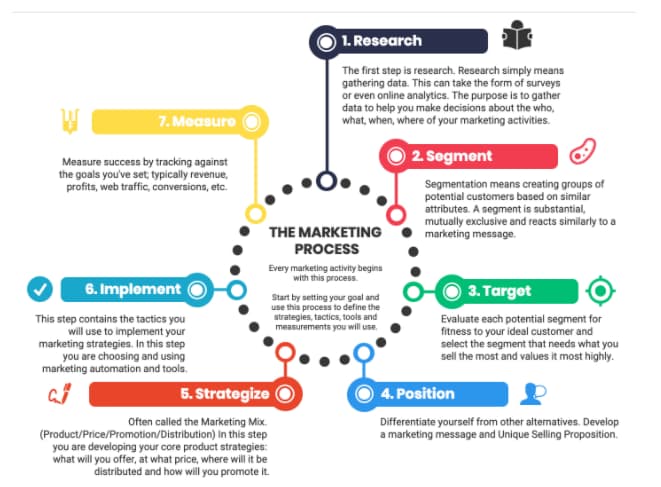


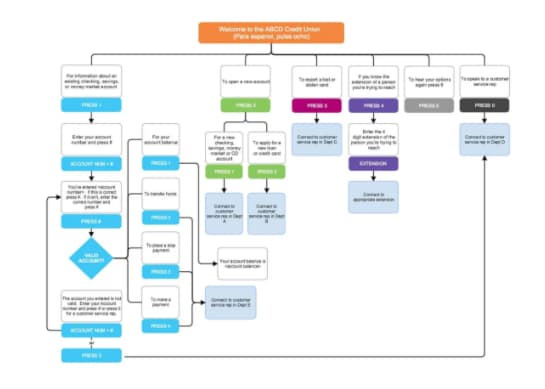

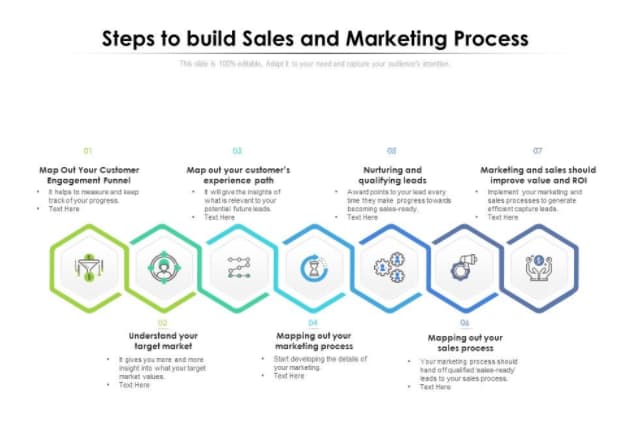
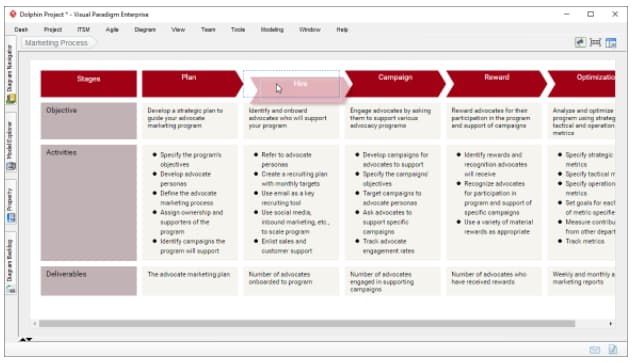
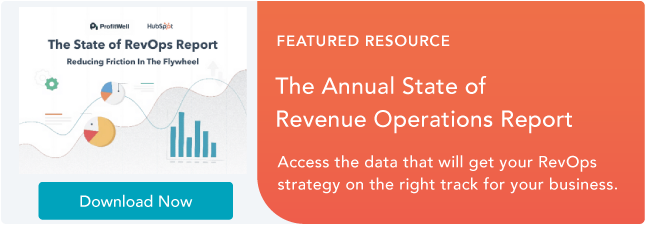





![→ Download Now: SEO Starter Pack [Free Kit]](https://i4lead.com/wp-content/uploads/2021/11/1d7211ac-7b1b-4405-b940-54b8acedb26e-2.png)
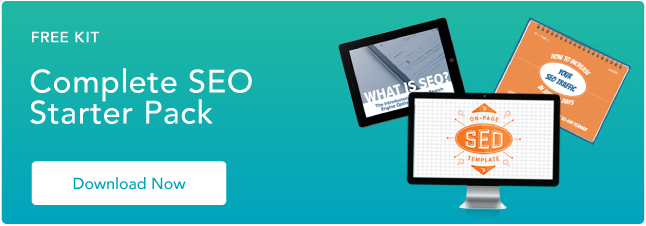
![Download Now: 150+ Content Creation Templates [Free Kit]](https://i4lead.com/wp-content/uploads/2021/11/5478fa12-4cc3-4140-ba96-bc103eeb873e.png)

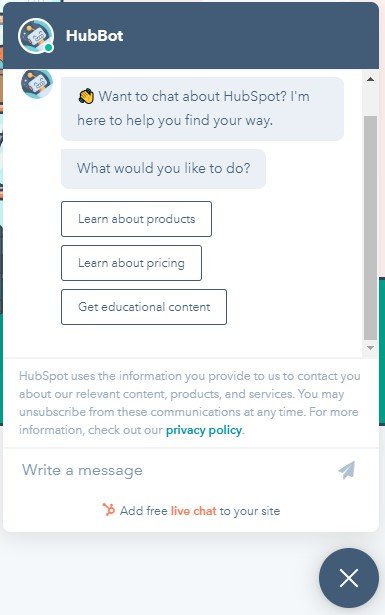


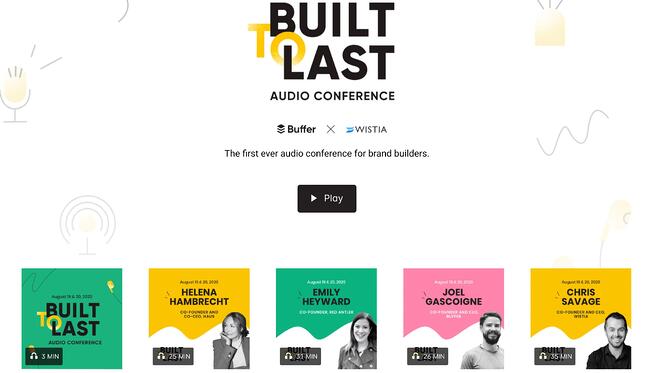

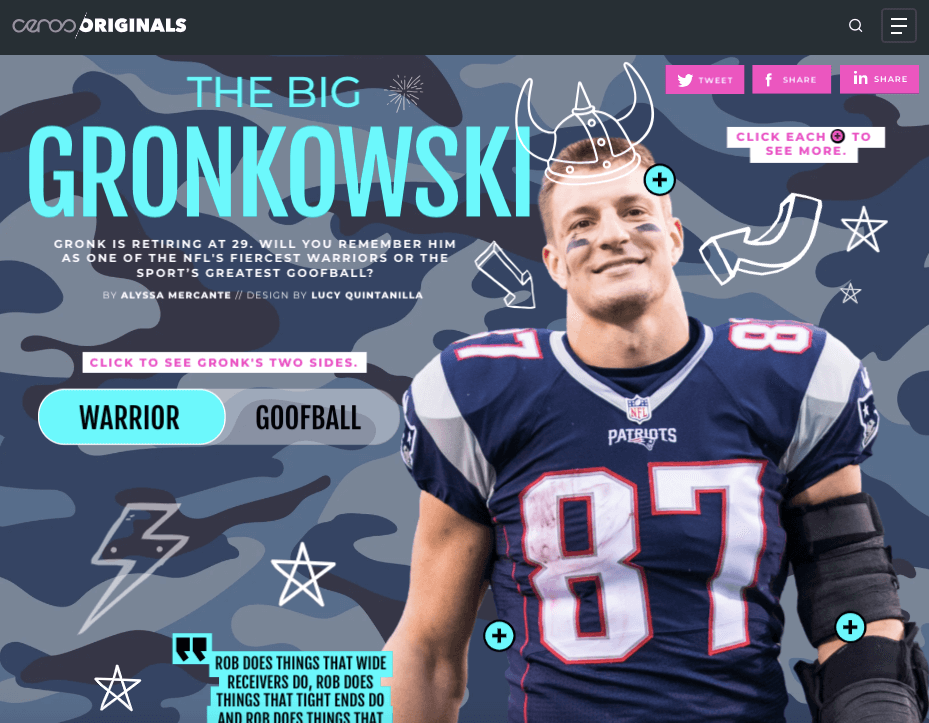




![→ Click here to download our free guide to digital marketing fundamentals [Download Now].](https://i4lead.com/wp-content/uploads/2021/11/0a42501f-0096-4817-9fbc-923540fe37a6.png)

![Free Guide: How to Use LinkedIn for Business, Marketing, and Networking [Download Now]](https://i4lead.com/wp-content/uploads/2021/11/ddd33609-1733-44d2-a811-a5435b201ffe.png)

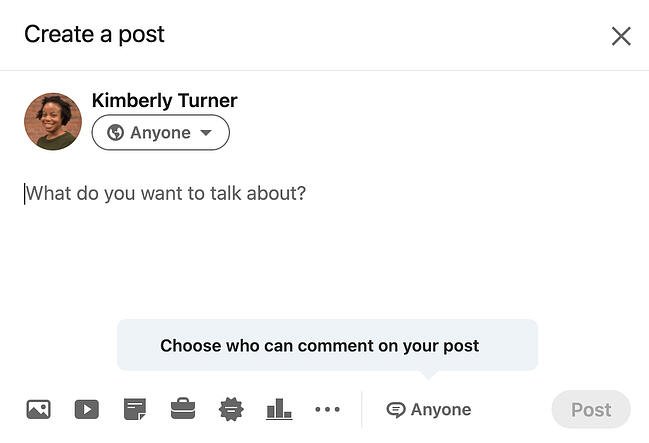
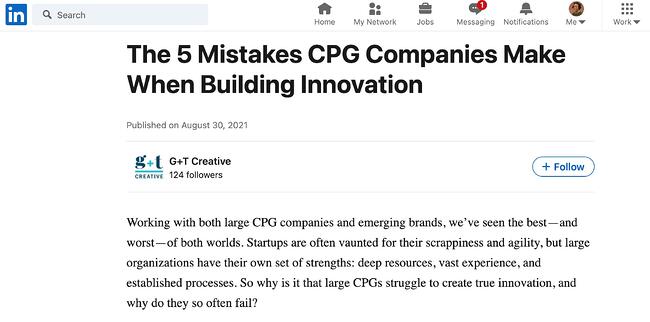

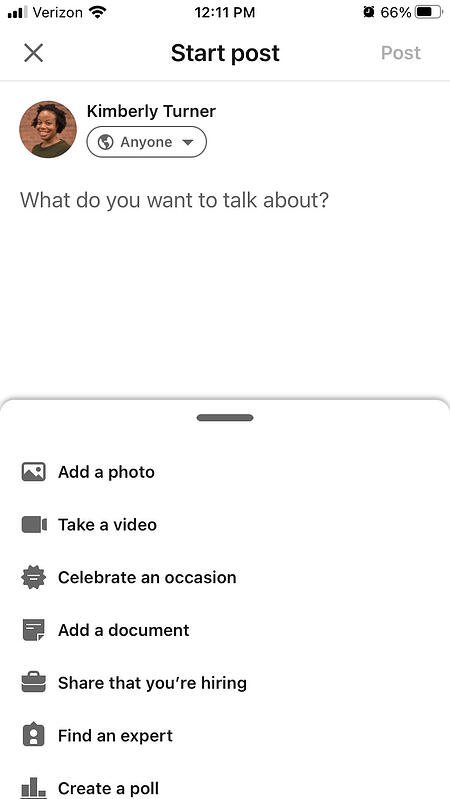

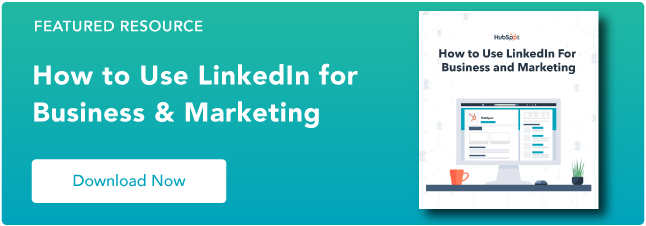

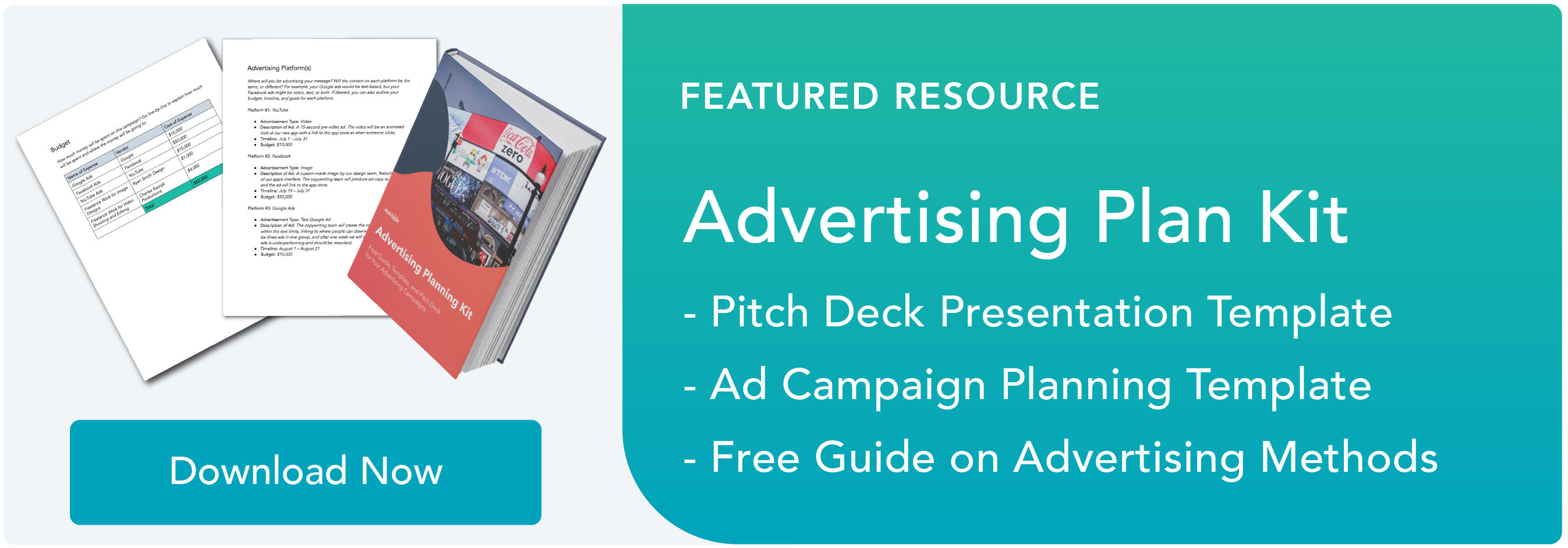
![→ Access Now: Video Marketing Starter Pack [Free Kit]](https://i4lead.com/wp-content/uploads/2021/11/8f27c677-d952-4663-8787-bf65c6a1ecf2.png)
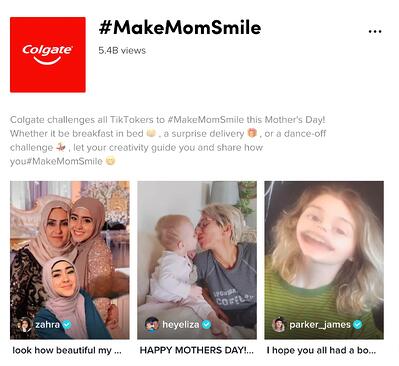
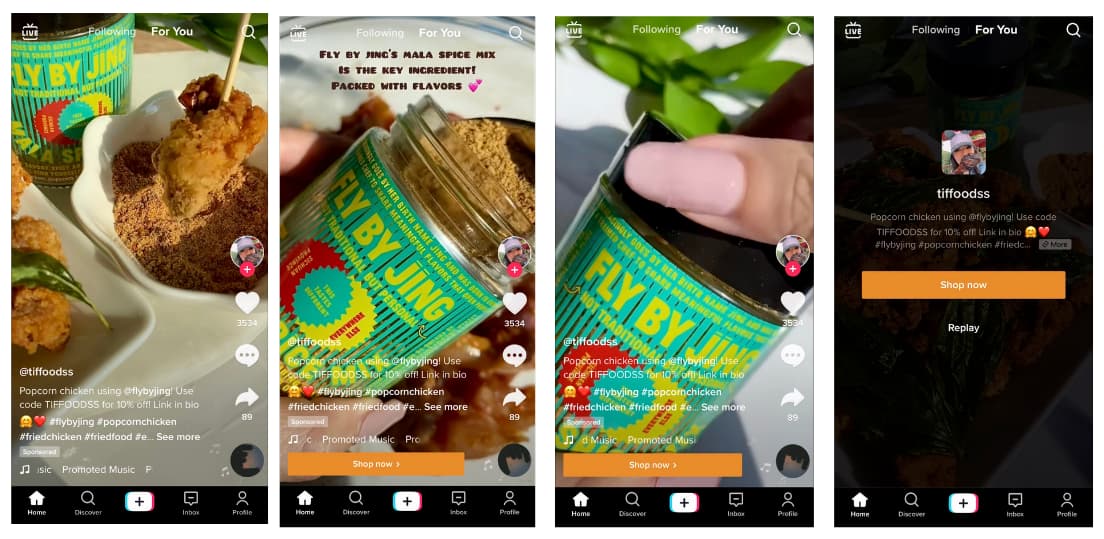
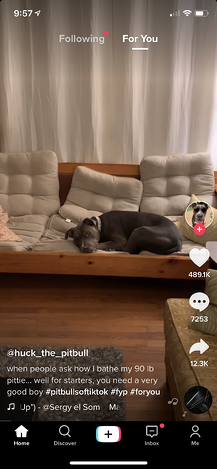
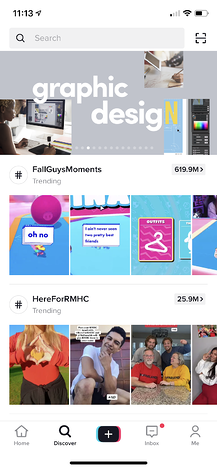


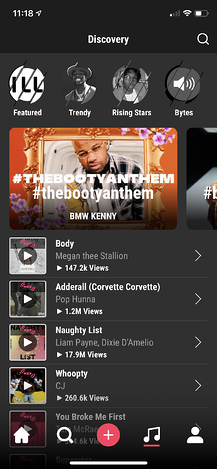
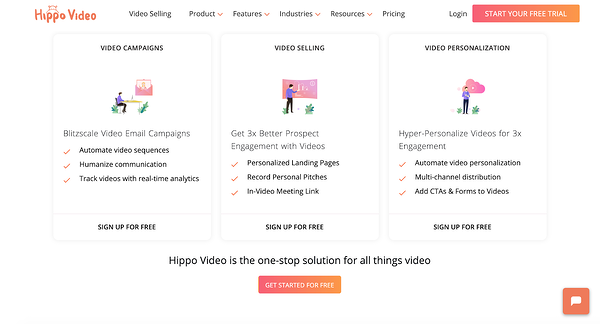
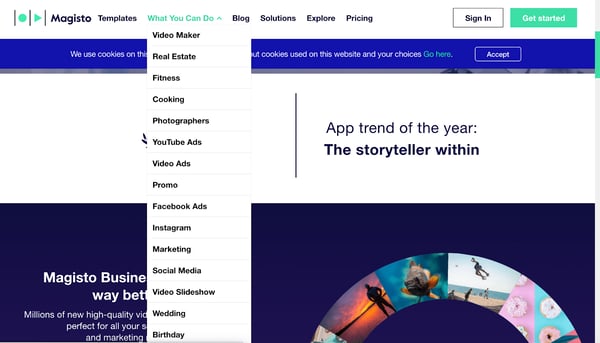
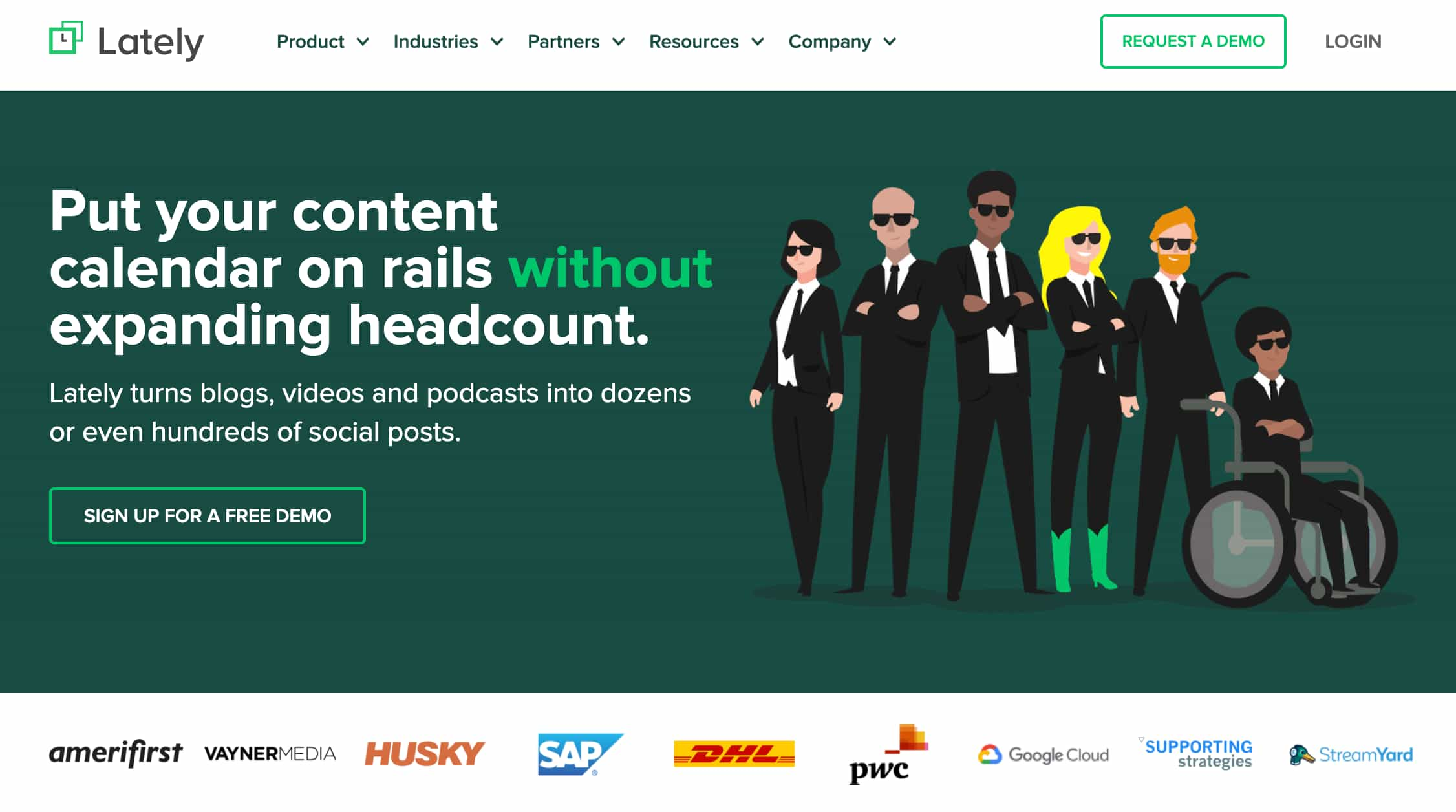
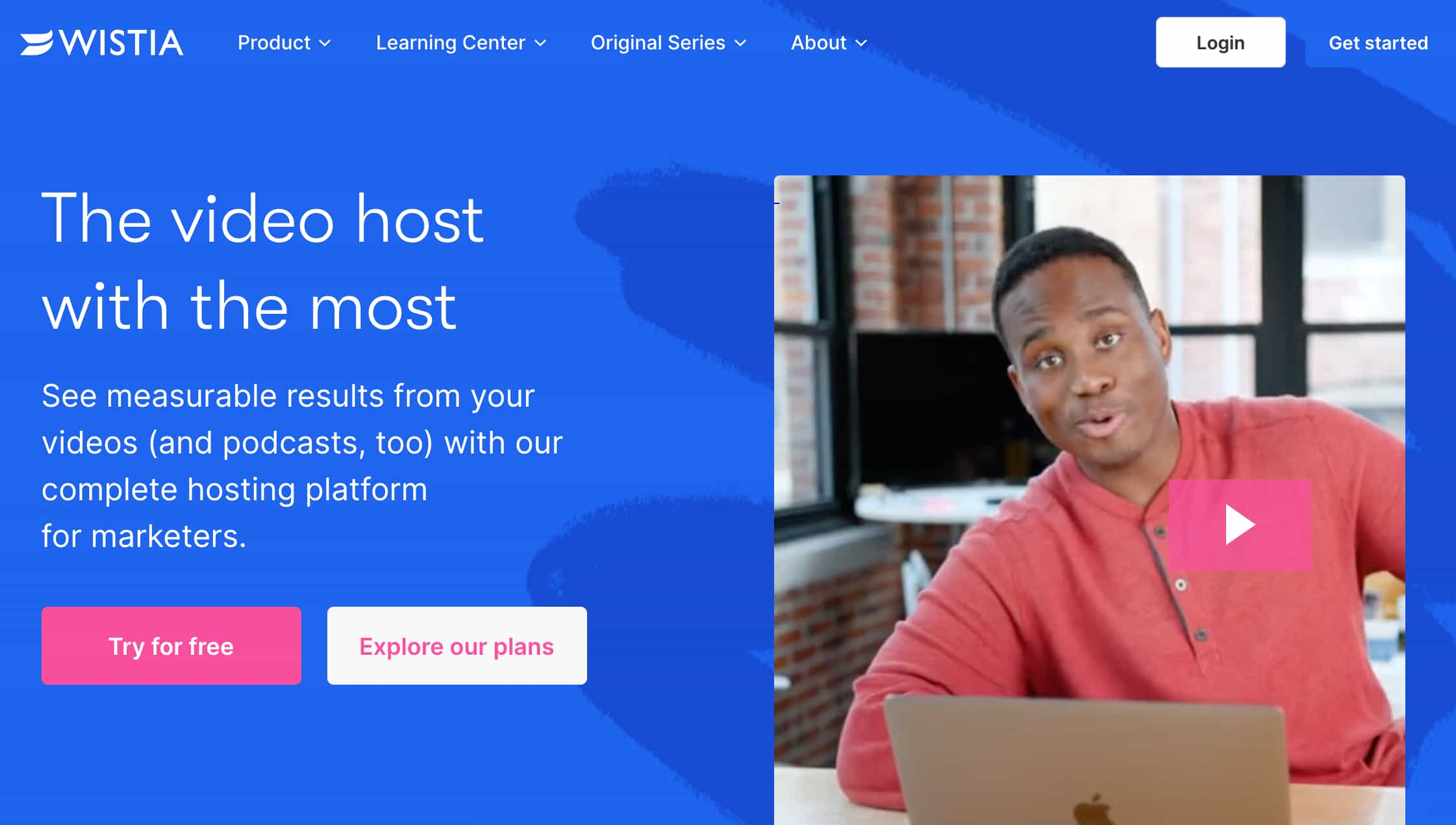
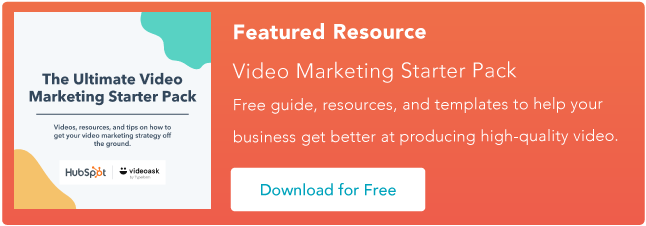
![Download Now: How to Use Twitter for Business [Free Kit]](https://i4lead.com/wp-content/uploads/2021/11/190da11f-58c6-41d5-a397-843618741e09-1.png)
